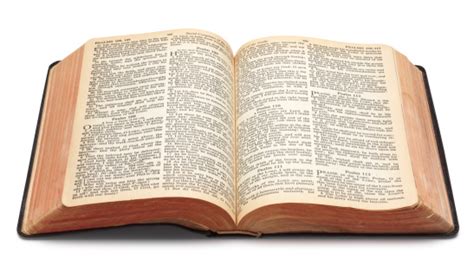EarlyActs
Senior Member
- Joined
- Jun 24, 2023
- Messages
- 3,900
- Reaction score
- 494
- Points
- 83
The question isn't about what can or cannot be split. The question is what does Genesis 1 mean in its original context.
And this statement would be incorrect - I think we both agree here (but I could be wrong).
As I mentioned elsewhere, your understanding of the phrase tohu wa-bohu is flawed. The word 'tohu' appears 20 times in Scripture, but the word 'bohu' occurs only 3 times, and in each case appears in combination with 'tohu' (Genesis 1:2, Isaiah 34:11 and Jeremiah 4:23). A semantic look at each place where 'tohu' is found shows the word to mean non-productive (in human terms), desolate, desert, wasteland, etc. Obviously it could be used to describe the land after a conflict or defeat has taken place, but there is no requirement for it to be confined to a conflict or a defeat. The grammar of Genesis 1:1-3 does not support such a reading and there is simply nothing in Scripture that indicates that a destruction had taken place before Genesis 1:2. It is just not there. If I am wrong, show me.
You are correct that image of God is a reference to being God's representatives. It is a statement about vocation. We are to reflect God into the world and reflect the praises of Creation back to God.
I am not so sure about your idea of markers though.
No, we don't see that something was destroyed. This is your assumption and has no biblical support.
No, this is not the "theology".
The ancient Hebrews understood the references, much better than modern Christians do.
Yes, we are the image-bearer, therefore we are not to make images.
There are not "very few details", there are zero details of a conflict before Creation week, because there is nothing in the Bible to support such a view. Is this what you mean by "history"?
Through His life, crucifixion and resurrection, Jesus is proclaimed King over all the nations - the Kingdom of God has arrived. That is the Gospel message after all.
Let's not get into a discussion here about the Nephilim.
The question is about splitting if that is what people are doing to it, and that might be you. That is what neo-orthodoxy is. The geologist Lyell practiced it.
I do not find it in the text. The natural order of reproduction in Gen 1 is “after their kind.” The Satanic Nephilim practiced the opposite. So we will speak of the demonic Nephilim here since that is what text is about, to quote your rule about text.

